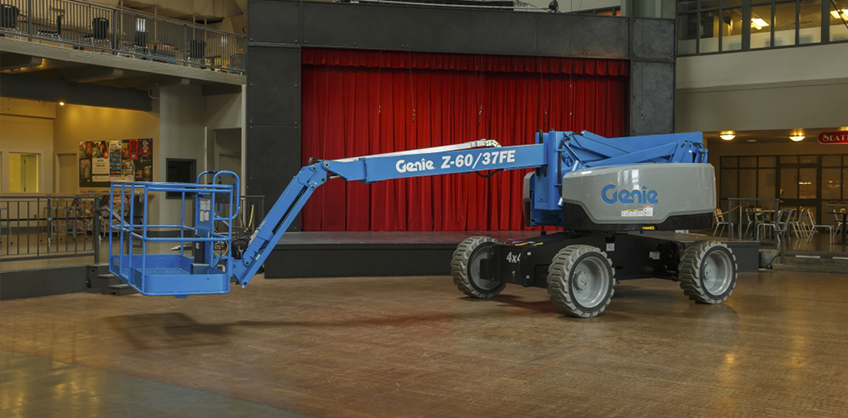What is considered a hybrid machine?
by Zach Gilmor - Product Manager On Nov 14, 2019, 03:00 AM
Subscribe To Aerial Pros
Filter by tags
Power systems for aerial work platforms continue to evolve, just like the machines they drive. It wasn’t long ago that engine choices were simply, “give me a diesel engine for outdoor applications and battery powered for working indoors.”
Adapting to changing markets, machine applications and contractor needs, engine options and designs have evolved significantly over the past decade. Increasingly stringent emissions regulations have shelved simple, mechanical engine designs in favor of more complex electronic models with SCR and/or DPF technology to reduce NOx emissions and particulate matter.
In the mid-2000’s, aerial work platform equipment with dual fuel sources for the same internal combustion (IC) engine came into popularity because they gave contractors the flexibility to work on both indoor and outdoor applications with the same machine. Scissor lifts and booms equipped with both gasoline and LPG tanks gave contractors the ability to work inside using LPG fuel.
Today, scissor lifts and booms offer true hybrid operation to increase operating flexibility. Hybrid models employ a combination of two different power sources – a small diesel engine with generator and battery drive. These units significantly increase rental flexibility and boost machine utilization by offering the same productive operation as a diesel rough terrain unit, with the added benefit of offering extended operating intervals indoors under battery power.
Here’s the Genie tale of our two hybrid systems:
Bi-Energy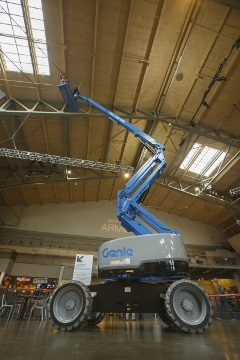
The first-generation hybrid technology, Bi-Energy, can be found on models like the mid-size Genie® GS™-4069 BE scissor lift and Z™-45/25 BE boom lift, among others. These simple engine/battery systems include a generator that can charge the batteries during operation.
Bi-Energy models are designed to offer a full-day’s work on an overnight battery charge and operate primarily as a DC electric machine until the batteries begin to discharge. During operation, the operator flicks a switch to turn on the diesel engine/generator for battery charging.
With this design, the IC engine is designed solely for battery charging. Therefore, the batteries must be charged for machine operation – either overnight or by the generator while working. If the machine batteries can fully discharge, the operator may need to wait until the batteries receive at least a partial charge for full machine operation.
Fuel-Electric – The Future
In response to demand for high performance, low emissions aerial work platforms, Genie recently developed the Fuel-Electric (FE) hybrid system, powering the Genie Z®-60 FE and Z-45 FE booms. This advanced generation of hybrid technology works much like a hybrid car – think more along the lines of the performance Porsche Panamera rather than the Prius – as battery charging happens automatically.
The hybrid Genie Z-60 FE and Z-45 FE boom lifts rival the performance, power and torque delivered by their IC-powered boom counterparts, but with much more versatility and fuel efficiency. As with Bi-Energy hybrids, the FE design delivers a full day’s battery-powered operation on a full charge when working indoors in “DC” mode.
In “Hybrid” mode, these go-anywhere, rough-terrain booms boast a small 24.8 hp diesel engine and AC motor/generator for battery charging. Unlike the Bi-Energy design where the engine is manually turned on and off for battery charging, hybrid operation on FE models automatically senses when the batteries need a charge and seamlessly turns the engine on and off to top off the batteries after the operator has pressed the foot switch. This results in more than a week of run time on one tank of diesel fuel.
Better still, should the operator fully discharge the batteries and forget to recharge them, the booms can operate any function on engine power while the batteries are being charged. And for an extra performance boost, both the engine/generator and battery systems can be used together to give an extra performance boost when needed.
By offering both indoor and outdoor usage, today’s hybrid systems – both Bi-Energy and Fuel-Electric – maximize a company’s return on invested capital. Now more than ever, companies have the widest range of engine choices to meet their application needs.
Related Posts
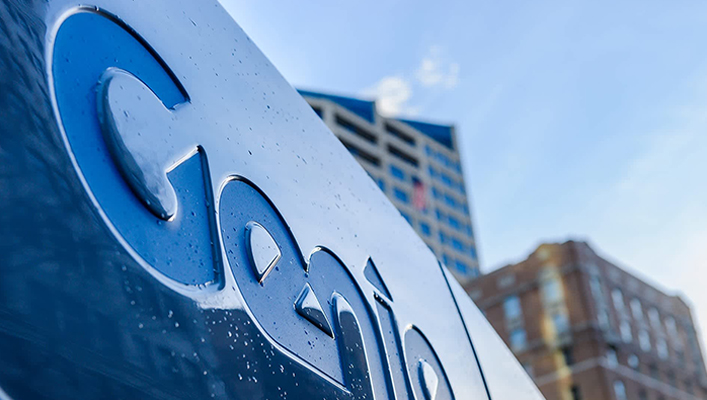
What Is Range of Motion?
Telescopic and articulating boom lifts rotate, elevate and extend multiple boom sections to help operators access difficult to reach worksites.
Continue Reading
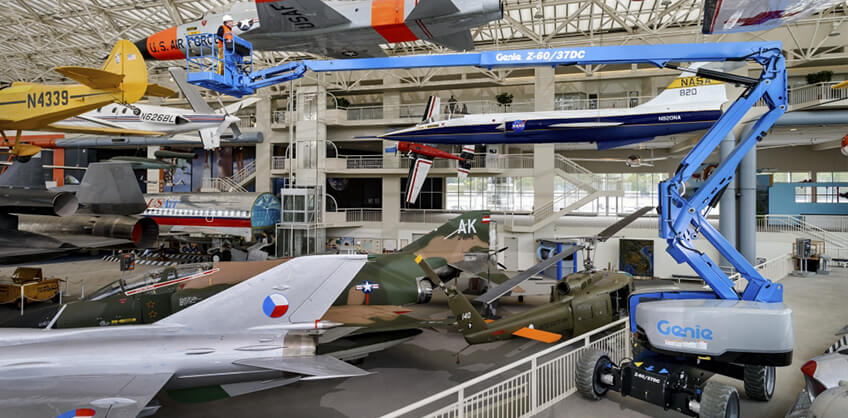
MEWPs vs. Scaffolding
Prior to the introduction of mobile elevating work platforms (MEWPs) in the 1970s, construction industry professionals relied almost exclusively on ladders and scaffolding to access major work at height projects.
Continue Reading
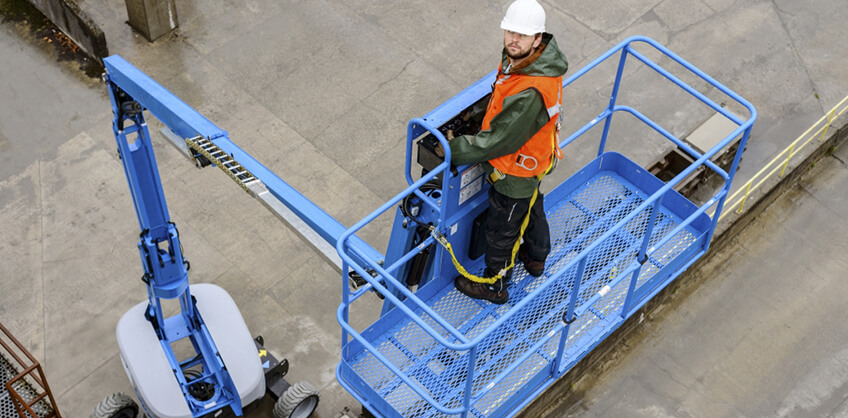
Ten Safety Tips for Operating Mobile Elevating Work Platforms on the Jobsite
At Genie, our number one priority is to provide safe, productive Mobile Elevating Work Platforms (MEWP) for our customers.
Continue Reading


